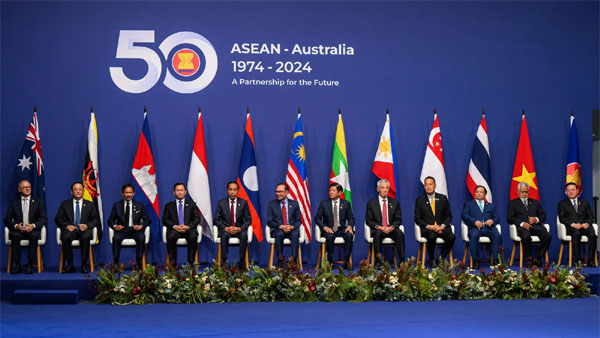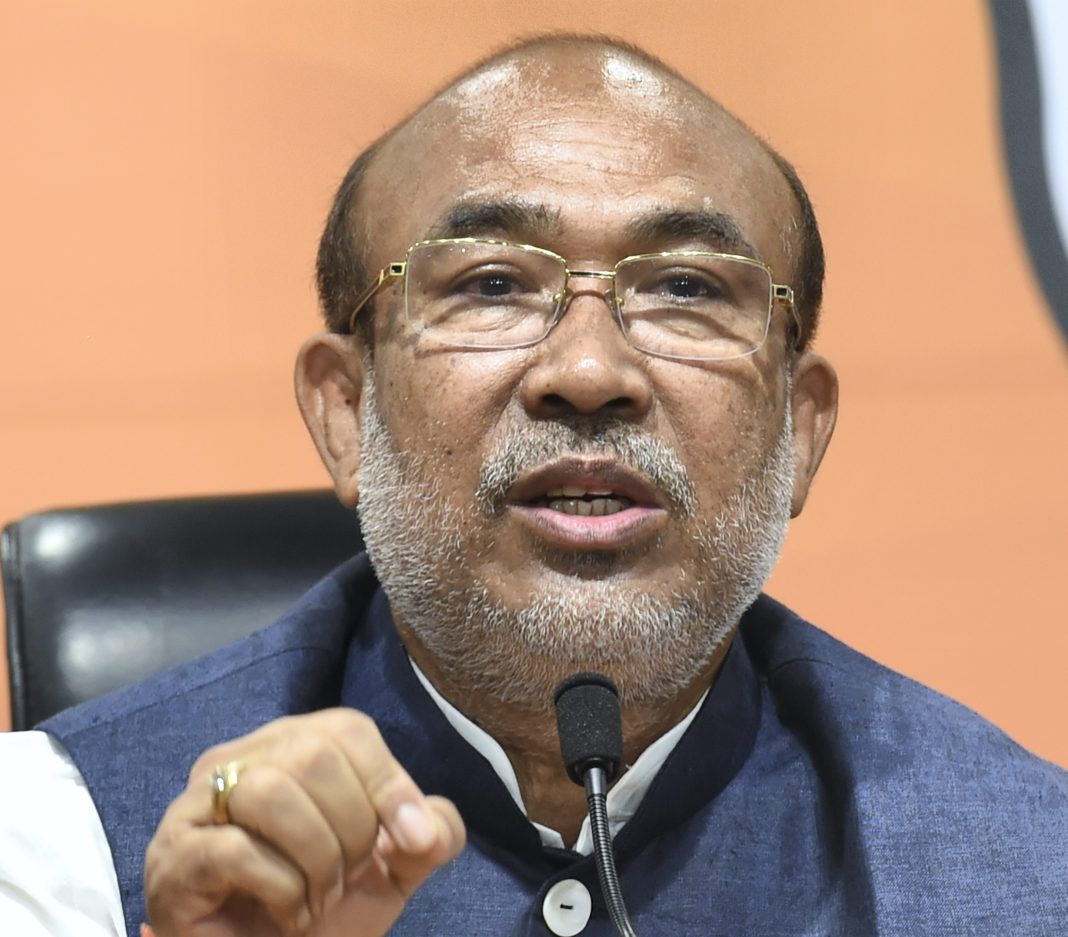By Dipak Kurmi
The recent 6th ASEAN-India Trade in Goods Agreement (AITIGA) Joint Committee meeting, held in New Delhi, has renewed focus on the potential of the Northeast region as a key player in India-ASEAN trade relations. The committee’s call for an expedited review of AITIGA with a target to conclude trade negotiations by 2025 is a vital step toward addressing India’s widening trade deficit with ASEAN. As imports from ASEAN countries into India increase while exports struggle to keep pace, bridging this trade gap necessitates structural changes, especially in tariff reductions and the removal of non-tariff barriers by ASEAN nations.
However, the current state of trade between Northeast India and the ASEAN bloc presents a stark contrast to the broader India-ASEAN trade scenario. While ASEAN accounts for approximately 11% of India’s global trade, only a meager 5% of this originates from the Northeast—a region geographically proximate to ASEAN and positioned at the heart of India’s Act East and Neighbourhood First policies. This paradox underscores significant gaps in infrastructure, market integration, and political stability that hinder the region from realizing its trade potential.
Northeast in the Context of India-ASEAN Trade Relations
The Northeast region, often described as a potential growth engine for India, has remained underutilized in the context of international trade. The 21st Annual Conference of the Commonwealth Parliamentary Association for Northeast India, held in Aizawl in September, brought this issue to the fore. The conference’s deliberations on the theme “Inclusion of the North East Region in the India-ASEAN Vision for Trade and Cooperation” emphasized the urgent need to align the region’s economic and infrastructure priorities with ASEAN trade objectives.
The conference resolved to prioritize key infrastructure projects that can unlock the Northeast’s trade potential. These include the long-delayed India–Myanmar–Thailand Highway and the Kaladan Multi-Modal Transit Transport Project, as well as upgrading critical trading outposts such as Moreh in Manipur, Zokhawthar in Mizoram, and Pangsu Pass in Arunachal Pradesh. These projects are not only essential for boosting cross-border trade but are also instrumental in fostering regional inclusivity by improving connectivity and creating opportunities for cultural and economic exchange with ASEAN nations.
Challenges to Integration and Market Development
Despite its strategic location and the central government’s push for connectivity, the Northeast faces several challenges that hinder its integration into India-ASEAN trade. Among these, the lack of an integrated market within the region is one of the most pressing issues. The Northeast’s states often operate in silos, with limited coordination in trade policies, logistics, and supply chain management. Regulations such as the Inner Line Permit further complicate intra-regional movement, creating barriers to seamless commerce and mobility.
Peace and political stability are also significant concerns. The ongoing turmoil in Manipur and instability in Myanmar, a key transit nation for India-ASEAN connectivity projects, present formidable obstacles. Without addressing these underlying issues, even the most ambitious infrastructure projects may fail to deliver their intended outcomes.
Additionally, the Northeast’s markets suffer from a lack of diversification and branding. States often promote similar products without a unified strategy, resulting in overlapping efforts and diluted market impact. This lack of differentiation makes it challenging for traders from ASEAN countries to identify unique opportunities in the region.
Toward an Integrated Northeast Market
The path to realizing the Northeast’s potential in ASEAN trade lies in the creation of an integrated regional market. Improved connectivity, both within the region and with ASEAN nations, is a foundational requirement. The central government’s ongoing initiatives to connect all state capitals by rail, expand national highways, and enhance air connectivity are commendable steps in this direction. These efforts will reduce logistical inefficiencies, making the region more accessible for trade and investment.
An integrated market would also streamline the identification and promotion of products with high export potential. Drawing inspiration from the One District One Product (ODOP) scheme, the North Eastern Council or the Ministry of Development of North Eastern Region could facilitate the branding of unique products from each state. For example, Arunachal Pradesh’s kiwi fruit, Assam’s tea and silk, Manipur’s black rice, and Meghalaya’s turmeric are among the region’s distinctive offerings that can be marketed under a unified Northeast brand. Leveraging Geographic Indication (GI) tags for these products can further enhance their visibility and appeal in international markets.
To complement these efforts, capacity building among local producers is essential. Educating growers and manufacturers about export standards, quality control, packaging, and scaling production for commercial viability will ensure that the region’s products meet global market requirements. This will not only boost exports but also create sustainable livelihoods for local communities.
Aligning Tourism and Trade
Tourism presents another avenue for economic integration and trade promotion in the Northeast. The region’s rich cultural diversity, natural beauty, and heritage make it an attractive destination for ASEAN tourists. Integrating tourism-related projects with trade initiatives can create a multiplier effect, enhancing both sectors. Cultural exchange programs, regional festivals, and tourism promotion campaigns targeting ASEAN countries can help establish deeper economic and cultural ties.
The Strategic Importance of Policy Alignment
For the Northeast to fulfill its role as a bridge between India and ASEAN, policy alignment is crucial. Infrastructure development must be coupled with strategic trade policies that address the specific needs of the region. Ensuring that trade agreements under AITIGA include provisions for promoting Northeast-centric trade will be critical. Moreover, peacebuilding efforts in conflict-prone areas and diplomatic engagements with Myanmar must remain high on the government’s agenda to secure the region’s trade routes.
Additionally, the development of an integrated market will enable the Northeast to present itself as a cohesive economic bloc to ASEAN traders. By showcasing the region’s collective potential rather than its fragmented realities, the Northeast can attract larger investments and trade partnerships. This, in turn, will elevate its profile in India-ASEAN trade relations, benefiting both the region and the nation as a whole.
The Northeast region holds immense potential to transform India-ASEAN trade dynamics. However, unlocking this potential requires a multi-faceted approach that combines infrastructure development, market integration, capacity building, and policy alignment. By addressing these challenges with urgency and foresight, the Northeast can emerge as a vibrant hub of trade and commerce, driving economic growth not just for the region but for the entire country. The central government’s initiatives and the resolutions adopted at the Aizawl conference provide a roadmap for this transformation, but their success will depend on sustained political will, strategic planning, and effective implementation.
(the writer can be reached at dipakkurmiglpltd@gmail.com)




